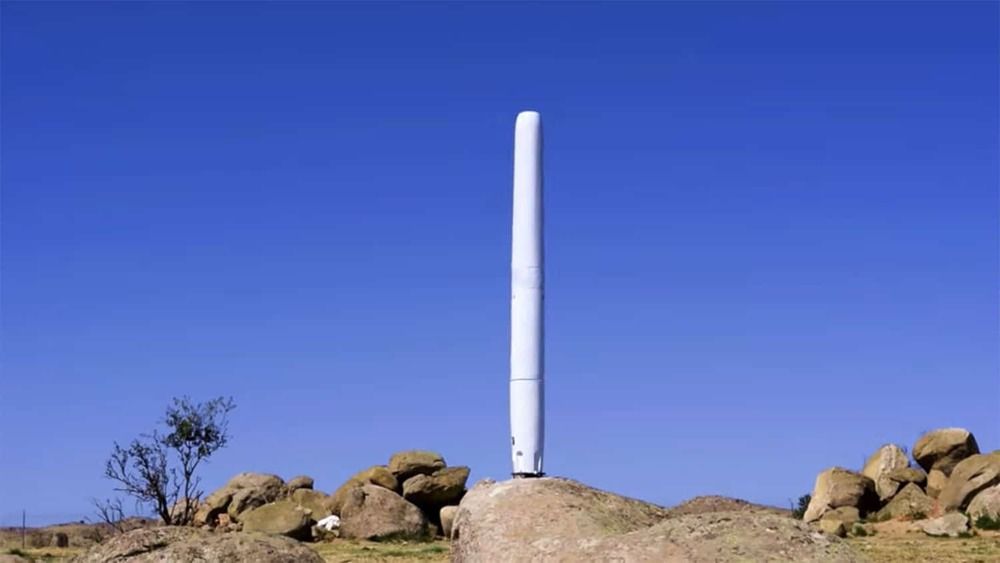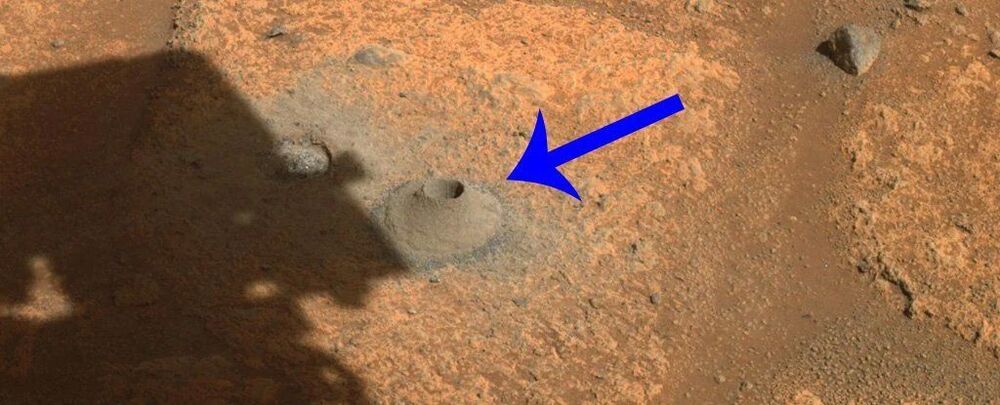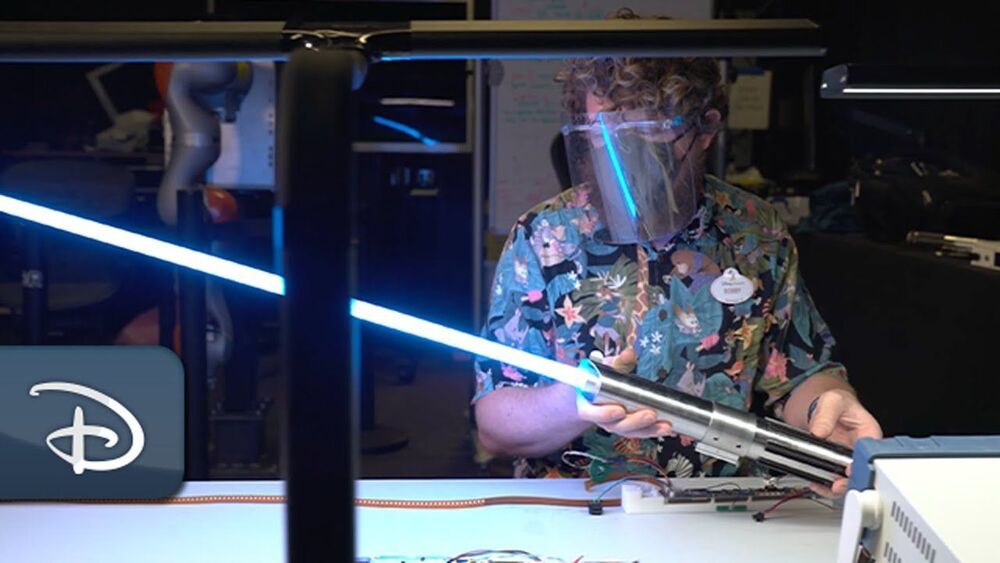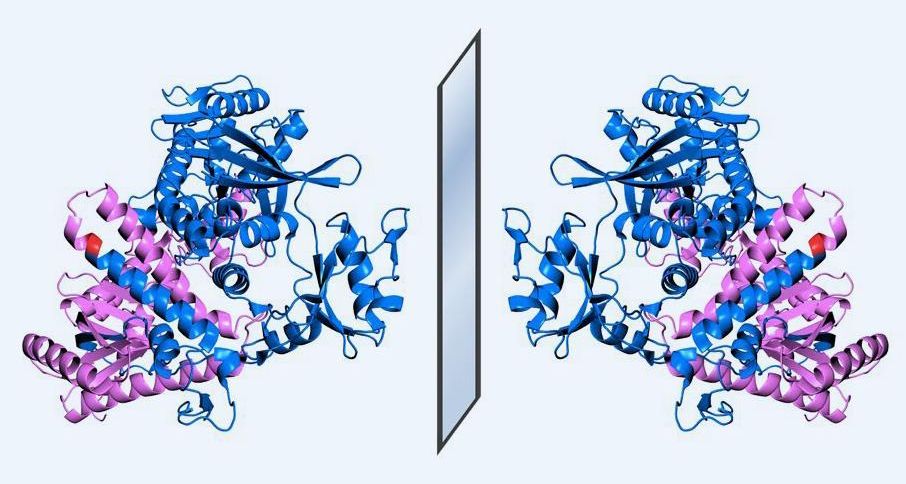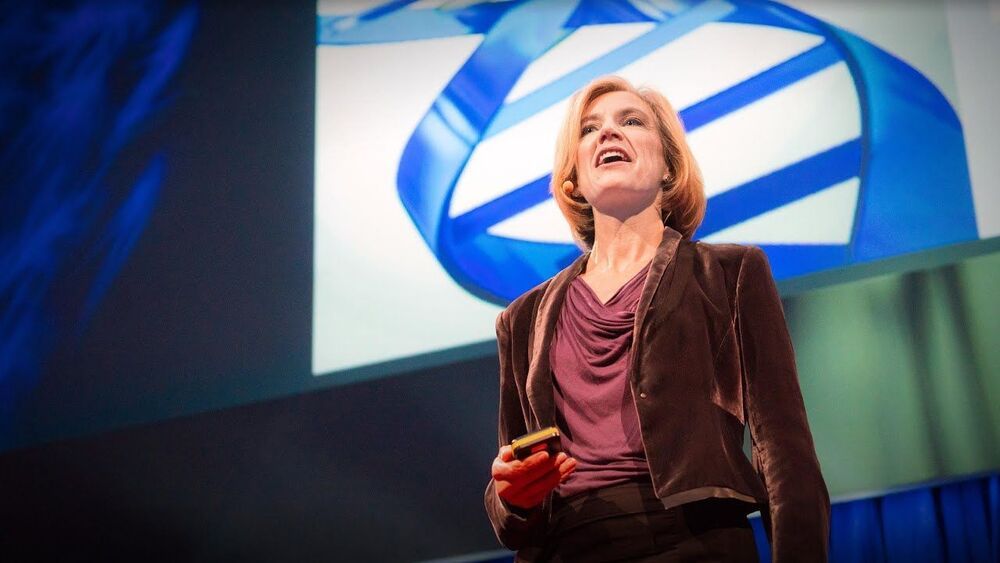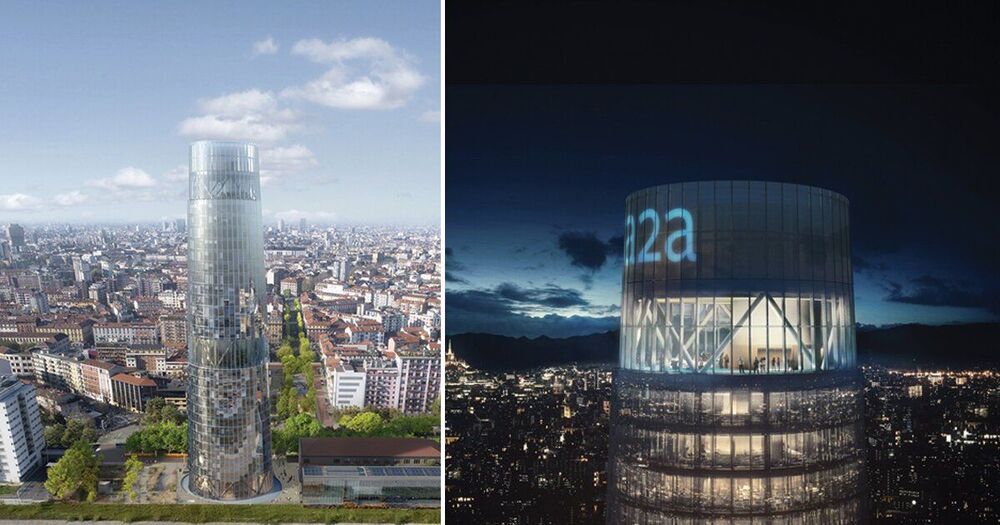Wind farms certainly allow for the production of clean energy. Although they are 100% renewable, they still have problems. They have high costs, disfigure the landscape, produce noise pollution, and above all, have a heavy impact on fauna, and in particular on birds.
The Spanish startup Vortex Bladeless has developed a bladeless turbine that can revolutionize wind energy, especially at the household level, and become the alternative to solar panels. The design of the Spanish firm has already received the approval of Norway’s state energy company, Equinor.
The new turbine, which has also been called the “Skybrator” due to its phallic shape, is capable of harnessing energy from winds without the sweeping white blades everyone associates with wind power. It generates wind energy thanks to vibration and without generating the environmental and visual impact on the fauna of the large wind farms.
